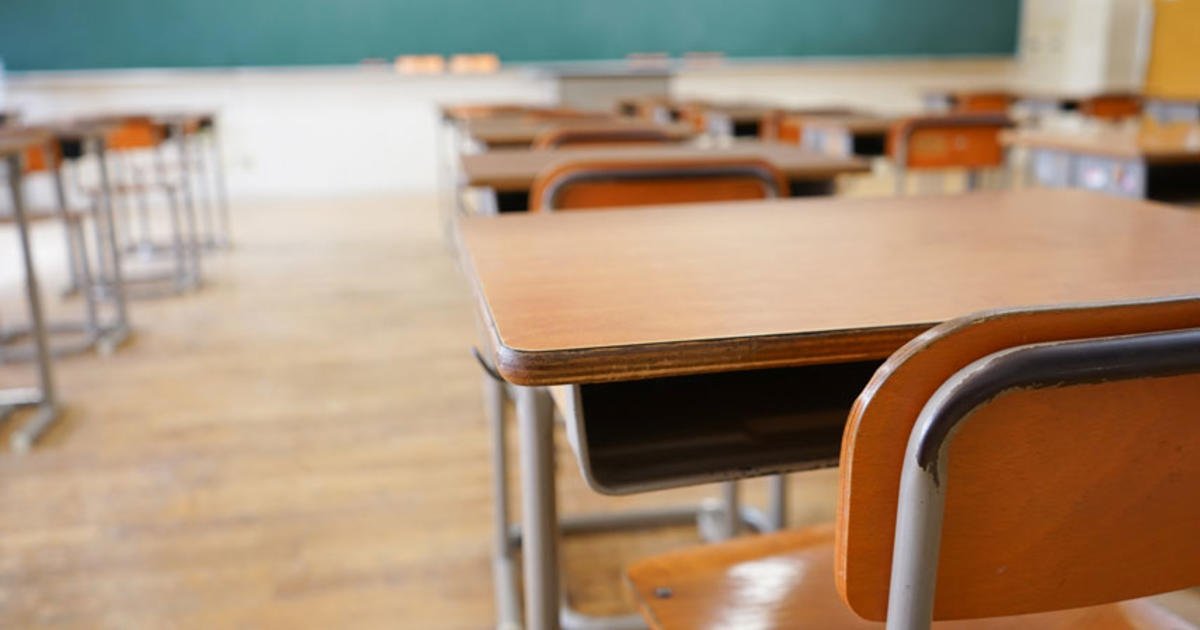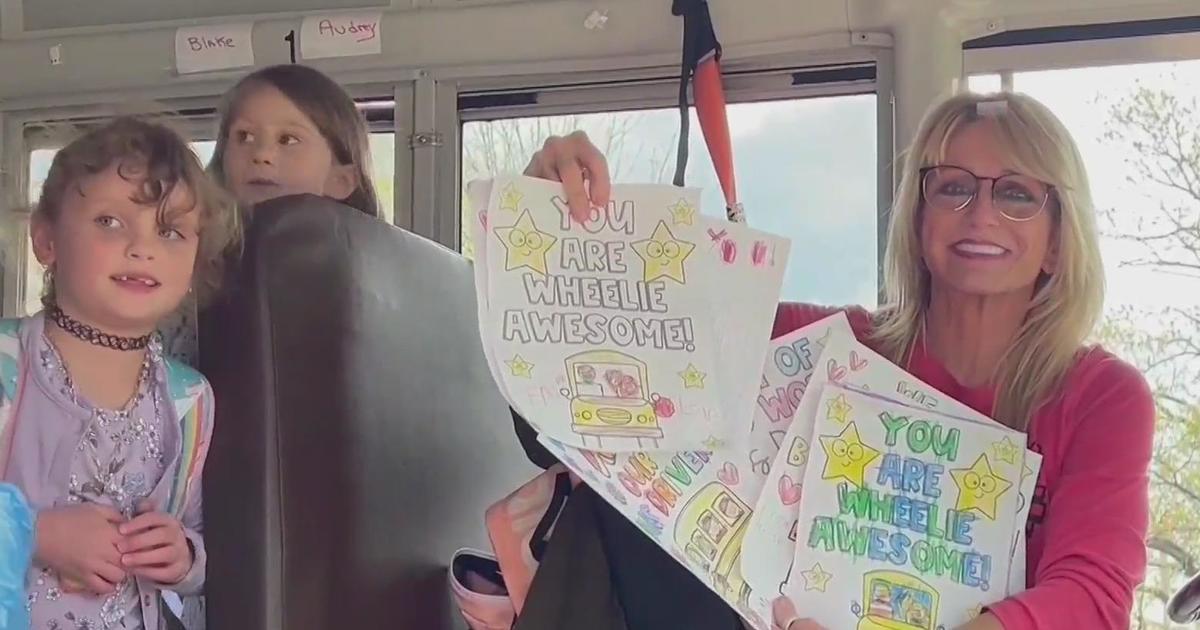'We Don't Know What's Going To Happen:' Uncertainty Surrounds Sending Students Back To School This Fall
PITTSBURGH (KDKA) - They are so young and vulnerable, and by all accounts not that threatened by the coronavirus...but tell that to a parent's heart.
As the days tick down to the start of the school year, more and more parents face the choice of keeping their child home or letting them go to school.
Allegheny Health Network's Dr. Brian Lamb who specializes in internal medicine says the real issue is the unknown.
Schools were shut down when the pandemic started in March so the precautions being deployed have not been tested.
"That's one of the scary things that's happening," says Dr. Lamb, "We don't know what's going to happen. We know that children have a lower chance of contracting the disease or spreading it, or it may just be they are asymptomatic and they're not being tested. So really this fall will be a trial to see what happens to the numbers and to children. Right now it's reassuring but we really don't know yet."
Reassuring because in the tally of COVID Positive cases school-age children make up a very small percentage.
So schools and parents are contemplating the risks.
For instance, exposure. Just how long must you be exposed to be vulnerable?
Dr. Lamb says, "We still think within 6 feet of each other for 15 minutes without proper protective equipment. The problem is most kids are within classrooms so it's very hard to have kids six feet away from each other in a classroom."
The World Health Organization recently suggest a three feet separation is enough but the CDC and Pa. Department Of Health still say six feet.
"That's part of the problem we get such conflicting information," says Dr. Lamb, "This is all in flux. We know that six feet is the safest, at three feet you may still be able to protect yourself if you're wearing a mask, the kids are wearing a mask but if you are in close contact even if you are wearing protective equipment the risk goes up."
For most classrooms following the WHO would create plenty of workable desk space. But in most schools, six feet only works if class sizes are dramatically reduced. That's why quite a few districts are looking at splitting the student body and having them attend on alternating days.
The schools have to plan for all contingencies including the possibility of a student or a teacher coming down with CV-19.
WATCH: KDKA's John Shumway Talks To Dr. Lamb About Weighing The Risks Of Going Back To School
Dr. Lamb says that would not necessarily require everyone in the class to quarantine.
"Not necessarily. We're realizing if you monitor symptoms and you keep everyone protected you don't have to necessarily shut everything down."
But there are something things Dr. Lamb says schools should think twice about starting in the first place.
Like allowing sports like football and basketball teams to practice and play.
"You know they are not going to wear their masks during the games. There's a lot of close contact and heavy breathing and there's a lot of air exchange when you're playing basketball and football and in especially in the older group we don't know how to control the spread in that population."
Adding to the threat for students involved in extracurricular activities like sports, cheerleading, and band are the bus rides to games and events and sharing locker rooms.
So Dr. Lamb what do you tell a parent who asks 'should I send my child to school?'
"I can't say the best idea is to keep your kid at home. Obviously, it's the safest idea but you have to balance it. And it's balancing it with the needs of the children, the needs of the family, and the risks to everyone involved.
Dr. Lamb says the school year is going to be a giant controlled experiment.
Time will reveal what approaches worked and protected the kids, and which did not.



